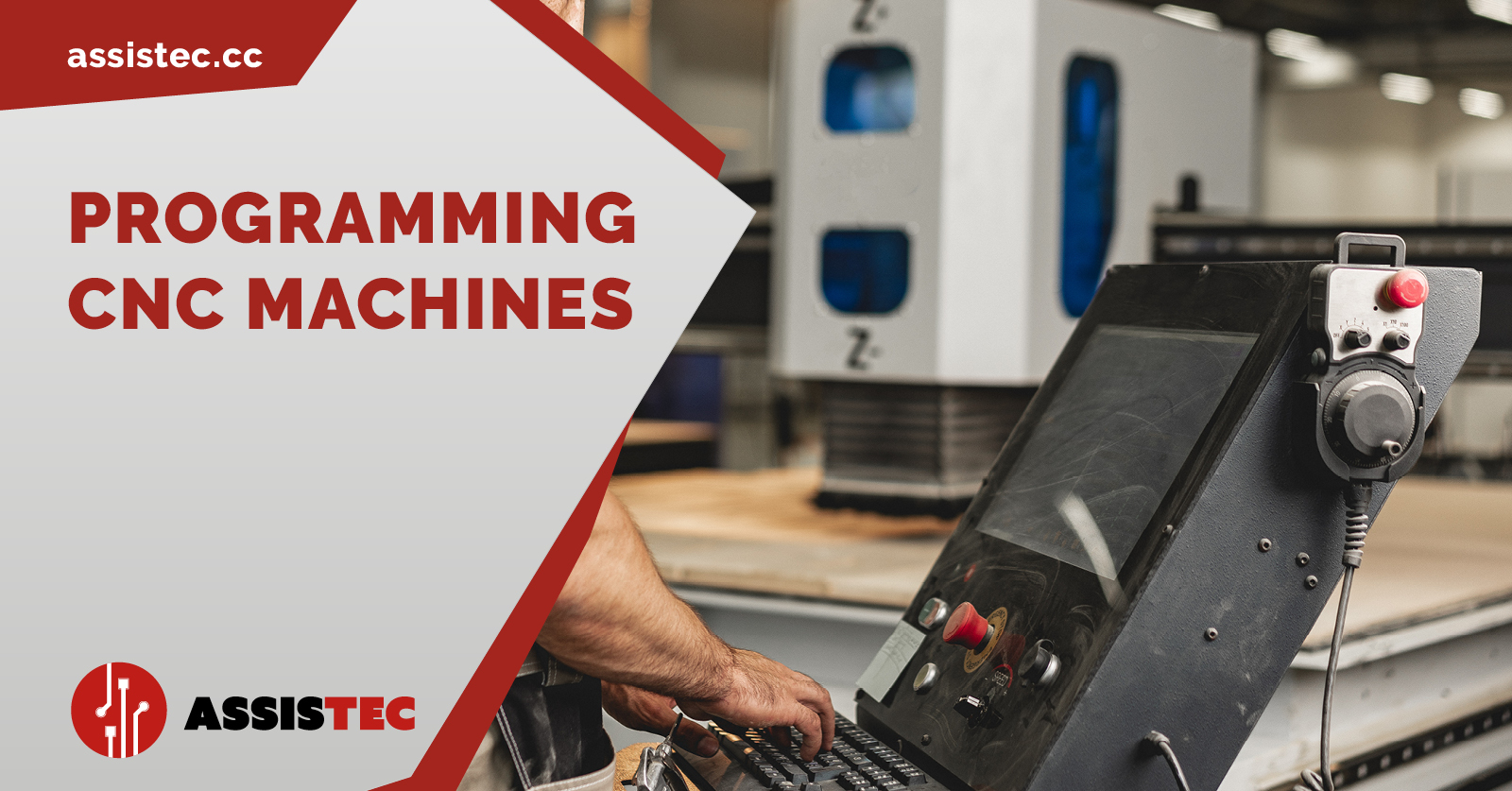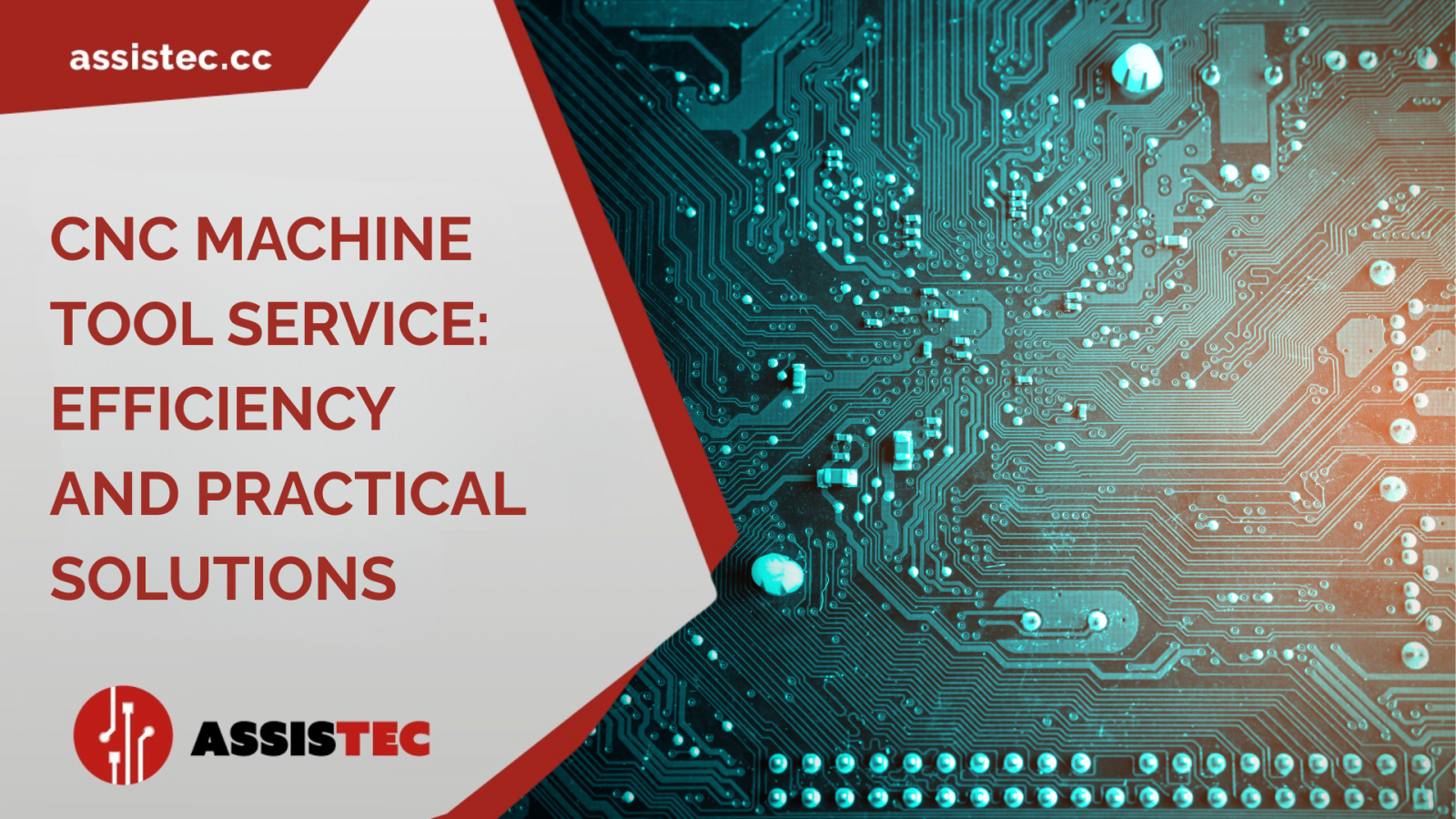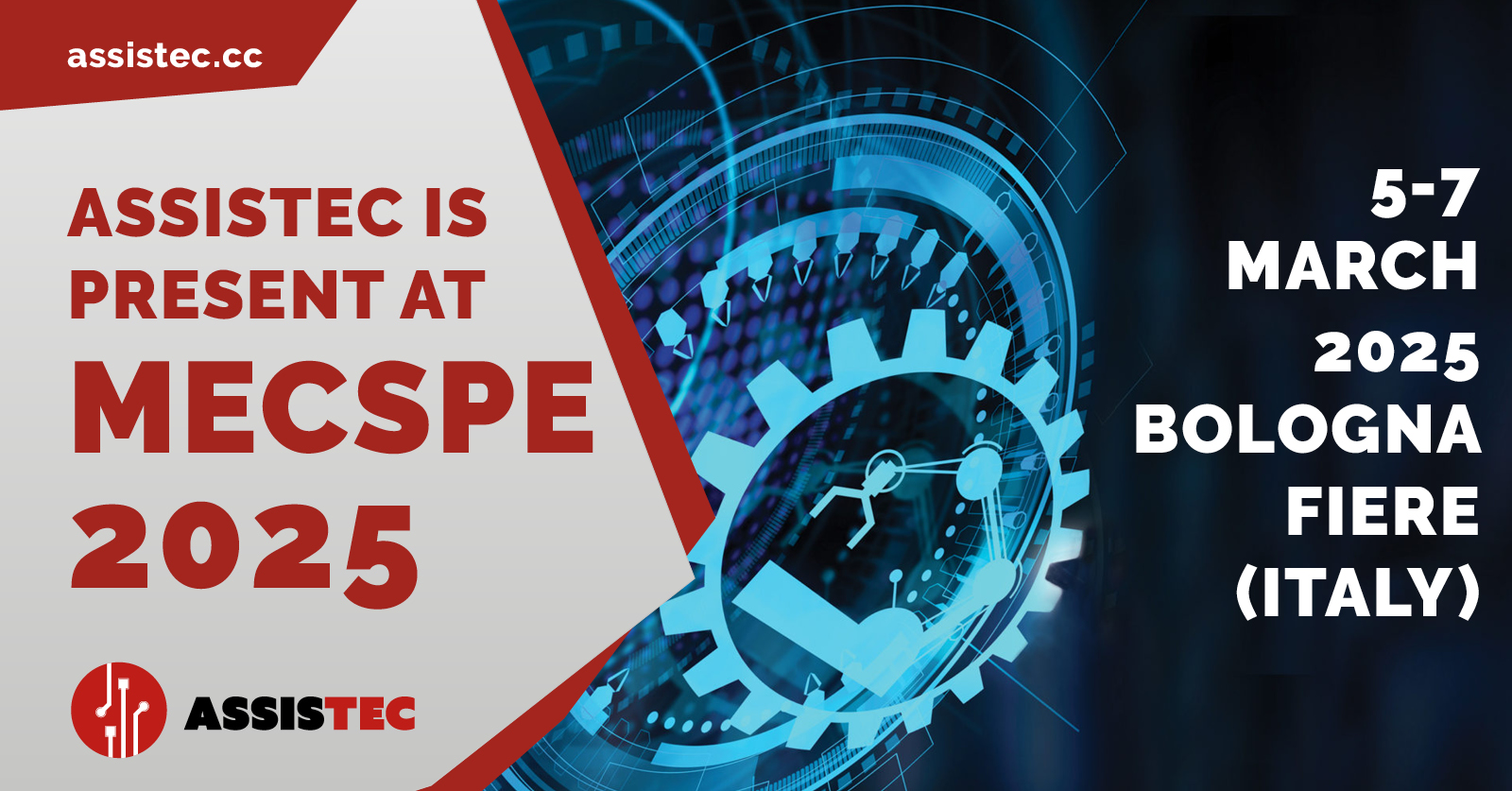CNC programming: from the basics to advanced strategies

CNC programming: a complete guide
Programming a computer numerical control machine, also known as a CNC machine, is not a simple operation, and requires a certain amount of experience in the field. When we talk about CNC programming, we’re referring to the process of creating computer commands, generally G-codes, used to control these automated production tools, able to carry out precise and complex operations, often for the metalworking sector, such as cutting, milling and drilling on a variety of materials. These instructions include: information on the movements of the tool, the speed of the spindle, feed rates, tool changes and other parameters necessary to carry out a particular process. Each process in the programming of the CNC machine tool is carried out using an integrated electronic device, usually an on-board computer.
These operations are important not only to keep the machine in excellent condition, but also to allow companies to optimise automation performance, precision, efficiency and flexibility in work processes, so they can meet the targets envisaged by Industry 4.0 and Industry 5.0 for modern manufacturing processes, even where complex components are involved.
G-code: the CNC programming language
Created in the 1960s by the Electronics Industry Association (EIA), G-code, also known as RS-274D, is a universal programming language for machine tools, i.e. a set of instructions between computer and CNC machine. Every time a machine moves or positions a workpiece, or makes its various components – such as the cutting tool, the spindle or the auxiliary functions - function, those operations are carried out with a G-code command. Generally represented by a combination of letters and numbers, each of these commands corresponds to a specific action that leads to a finished product, and it is carried out in sequence by the CNC. But what advantages are obtained by using the G-code commands? Precision and accuracy, 360° automation, repeatability, complex processes guaranteed, versatility, efficiency in terms of time and costs, and adaptability to design changes.
Basic CNC programming techniques
Given the wide range of machinery and brands on the market, it is difficult to establish a universal CNC programming technique. However, there are two ways for the computer to provide instructions to the CNC machine: by manual data input (MDI), using a type of user interface built into the CNC machine, or by generating a digital file using CAM (Computer-Aided Manufacturing) software offline. The latter method is now the most widely used. The CAM software creates a digital file containing the instructions necessary to control the functioning of the machine throughout the entire work process. Because this is a type of “offline” programming, it allows operators to simulate actions and any malfunctions of the CNC even remotely, using a “digital twin” of the machine. This makes it possible to solve any electronic or mechanical issues in advance, saving the company both time and money.
Advanced CNC software solutions
Whatever the brand - Fanuc, Mitsubishi or others – there’s one element all machines have in common: the importance of CNC programming. Software technology for communication between computers and machines is making progress every day, with the aim of optimising workflow management. Here at Assistec, we’ve always kept a close eye on the future, and thanks to our staff specialised in electronic and mechanical support on CNC machines, we’re able to provide the right support for all our customers, using latest-generation apps and software.
If you’re looking for CNC programming software, or need assistance for the software already built into your machines, contact us or call 0522989436. We’re located in Reggio Emilia, in the heart of the mechatronics supply chain and the metal engineering industry in Emilia Romagna.
Recent Posts

-
Assistec is your partner with over 25 years of experience in full service for CNC machine tools, offering both electronic and mechanical technical support. Our main objective is to minimise machine downtime, ensuring a rapid return to production and an efficient return on investment.
CNC electronic support services: rapid diagnosis and effective solutions
Our electronic service on CNC machine tools is characterised by a comprehensive service that begins with a thorough prior telephone diagnosis by our service department. This initial phase is crucial to quickly understand the nature of the problem. Thanks to our well-stocked electronic spare parts warehouse, we are often able to resolve the fault already during the first technical intervention.
-
MECSPE 2025 is one of Europe's leading trade fairs dedicated to innovation in the manufacturing industry. It is a crucial event for companies that want to stay up-to-date with the latest technologies, solutions and trends in the industry.
Over the years, MECSPE has helped transform artisanal processes into large-scale precision industrial systems. Today, the show serves as a meeting point for machinery manufacturers, technology suppliers, system integrators, and end users, creating an ideal environment for networking and knowledge exchange.
MECSPE is essential to discover how to automate and digitise production processes, improve efficiency, reduce costs and increase competitiveness. In this context, Assistec has decided to play a leading role once again, confirming its presence also in the 2025 edition.
-
Numerically controlled (CNC) machines represent one of the most important technological innovations of the modern industrial era.
Their ability to automate and standardise complex operations has changed the face of manufacturing, transforming craft processes into large-scale industrial precision systems.
The spread of CNC machines has made it possible to reduce human error, increase productivity and, above all, guarantee repeatability of machining operations that would otherwise have been impossible. This has proved particularly crucial in sectors where precision, efficiency and speed are vital, such as aerospace, automotive, precision engineering and medical device manufacturing.
One of the main reasons for the success of CNC machines is their ability to perform tasks with extreme precision that previously required the manual intervention of skilled workers.
With CNCs, on the other hand, once the machining has been programmed, the machine can perform an infinite sequence of operations without loss of precision, solving problems of variability and improving the quality of the finished product.
At this point, the question might arise: when did CNC machines originate and how did they reach this level of sophistication?




